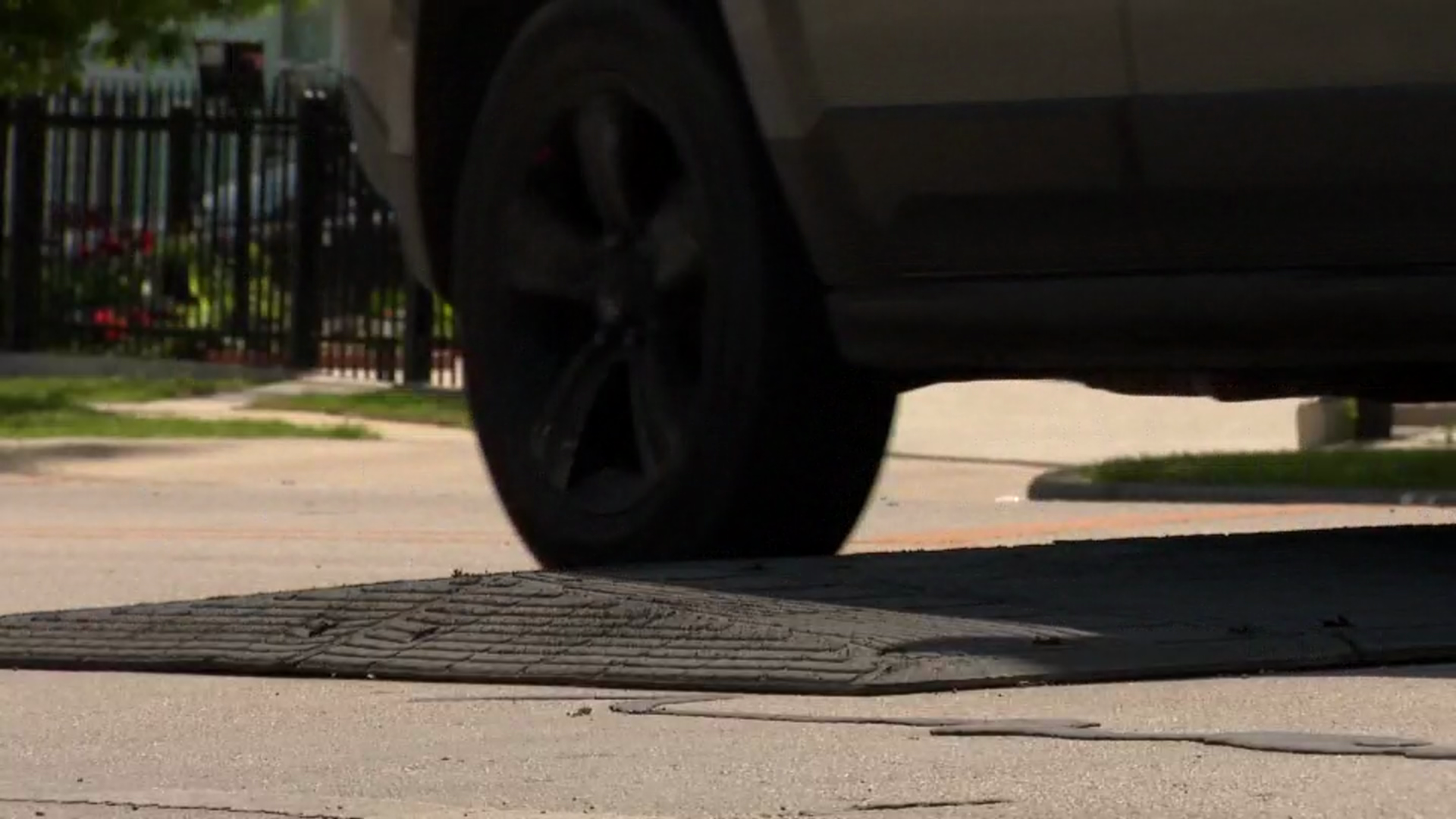3-D model printing has been around for years, helping doctors navigate anatomy of hearts, but now Children's Health is the only pediatric heart system in North Texas to develop 3-D display technology specific to its patient population.
Children's Health is working with a Canadian company, NGRAIN, to develop software that displays holograms of organs – primarily the heart – of its most critical patients.
The hospital will gather and implement feedback from parents to collaborate with NGRAIN on tailoring the technology for their children.
Wearing 3-D glasses, doctors can interact with the hologram to study a patient's heart before surgery.
"You can pull it apart, take pieces out. You look behind other things. You can look inside of them, and you can do it a thousand times. On the models, once you cut it, you cut it, but on this, you can cut it how ever many different times you want," said Dr. Animesh Tandon, pediatric cardiologist at Children's Health and assistant professor at UT Southwestern.
The 3-D technology will also be used to teach parents about their child's condition.
Dacia and Mike Harris are the first parents to see the holographic technology.
Local
The latest news from around North Texas.
Their son, Sammy, was born with a single-ventricle heart – in layman's terms, half a heart.
The four-month-old will need a second surgery, and doctors say they'll develop a 3-D image of his heart to prepare for the operation.
"Just from being an advocate for our child, this makes a huge difference in our understanding," said Dacia Harris, as she studies a heart similar to her son's.
The hospital will select a group of parents to observe the technology next month and will use their feedback to further tailor the software to their patients' needs.




